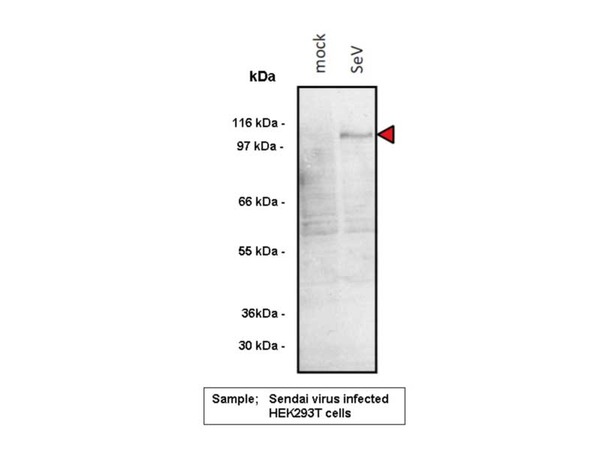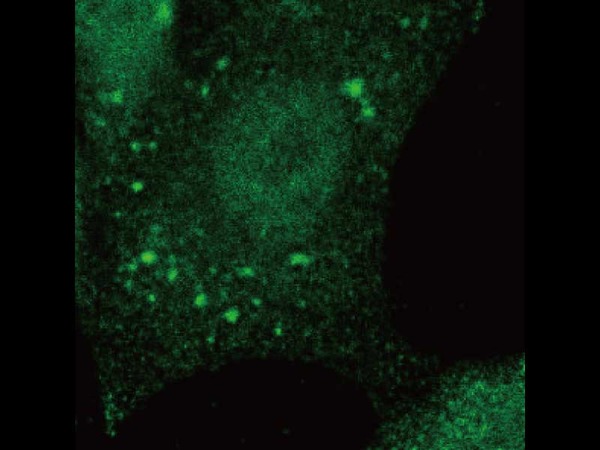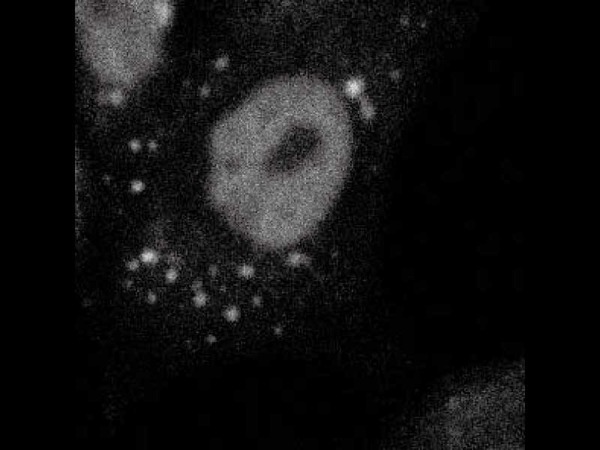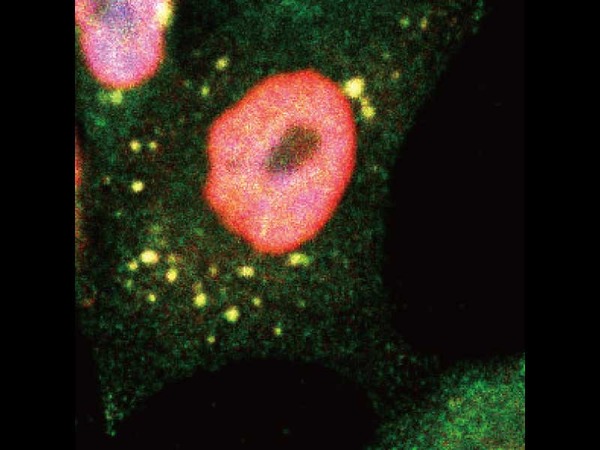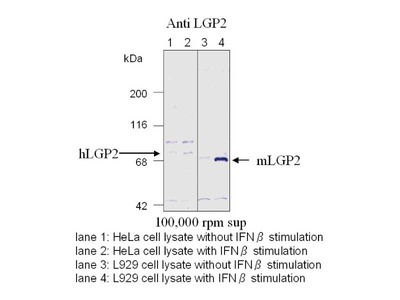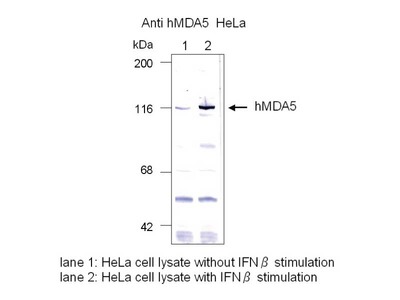- HOME >
- For Researchers >
- Product Search >
- Search Result >
- #28137 Anti-Human RIG-I (CTD) Rabbit IgG Affinity Purify
Product Search
#28137 Anti-Human RIG-I (CTD) Rabbit IgG Affinity Purify
- Intended Use:
- Research reagents
- Application:
- WB, ICC
- Package Size1:
- 50 μg
- Package Size2:
- 5 μg
- Note on Application Abbreviations
- WB:Western Blotting
- ICC:Immunocytochemistry
※ The product indicated as "Research reagents" in the column Intended Use cannot be used
for diagnostic nor any medical purpose.
※ The datasheet listed on this page is sample only. Please refer to the datasheet
enclosed in the product purchased before use.
Product Overview
Product Overview
| Product Code | 28137 |
|---|---|
| Product Name | Anti-Human RIG-I (CTD) Rabbit IgG Affinity Purify |
| Intended Use | Research reagents |
| Application | WB, ICC |
| Species | Human |
| Immunizing antigen | Synthetic peptide of CTD domain of human RIG-I (SQEKPKPVPDKENKKLLC) |
| Purification Method | Purified with antigen peptide |
| Specificity | Cross-reacts with mouse. |
| Package Form | Lyophilized product from PBS containing 1 % BSA and 0.05 % NaN3 |
| Storage Condition | 2 - 8℃ |
| Poisonous and Deleterious Substances | Applicable |
| Cartagena | Not Applicable |
| Package Size 1 | 50 μg |
| Package Size 2 | 5 μg |
| Remarks1 | The commercial use of products without our permission is prohibited. Please make sure to contact us and obtain permission. |
Product Description
Product Description
RIG-I (retinoic acid inducible gene-I) is one of cytoplasmic viral sencers which has a RNA helicase domain and it is believed to recognize virus-derived double-stranded RNA (dsRNA). It is considered that RIG-I normally exist as inactive form in cytoplasm and turns to active form when it recognizes dsRNA produced as a by-product of viral replication. And it is thought that active form of RIG-I exposes a signaling domain called CARD (caspase recruitment domain) which had been hidden by the steric hindrance and the downstream signaling is activated by interaction of the CARD with IPS-1 expressed on a mitochondria, eventually induces the activation of interferon gene. Thus, RIG-I is believed to play an important role in viral infection-induced signaling. This antibody recognizes CTD (C terminal domain) of RIG-I and is able to detect RIG-I localized in avSGs (antiviral stress granules) that are genesis-induced in virus-infected cells.

